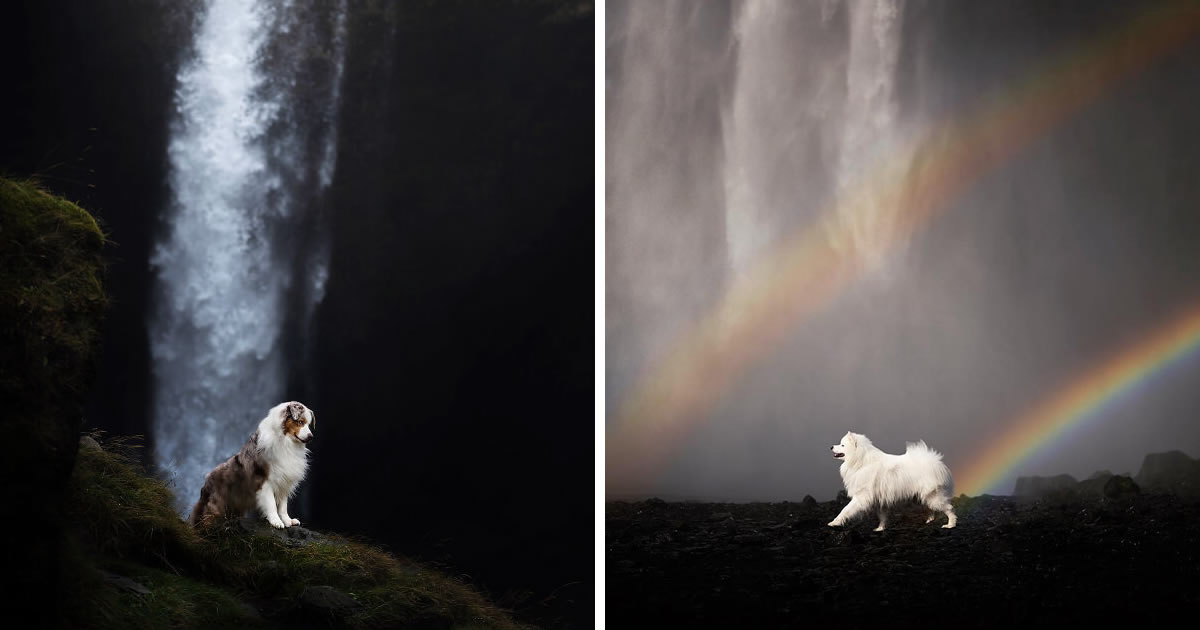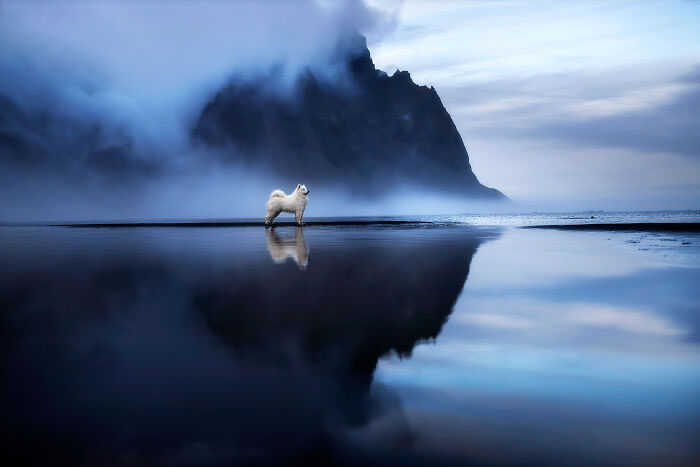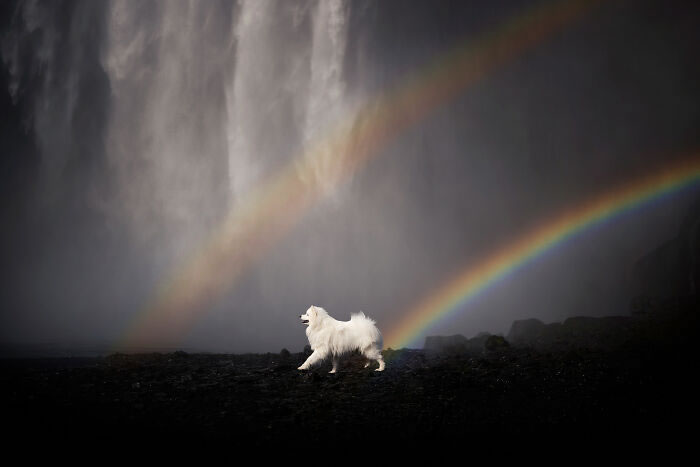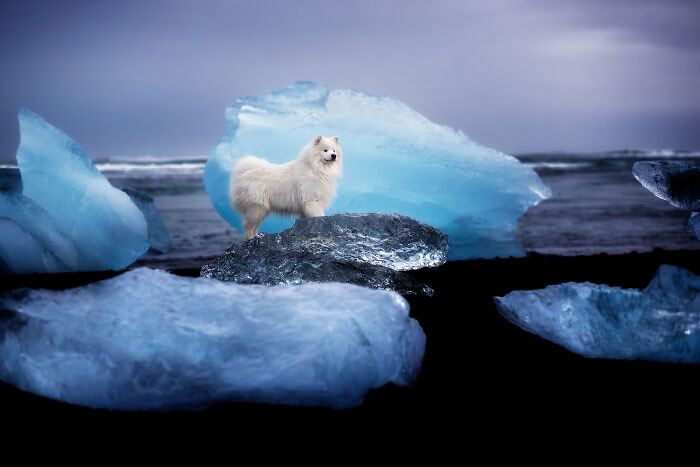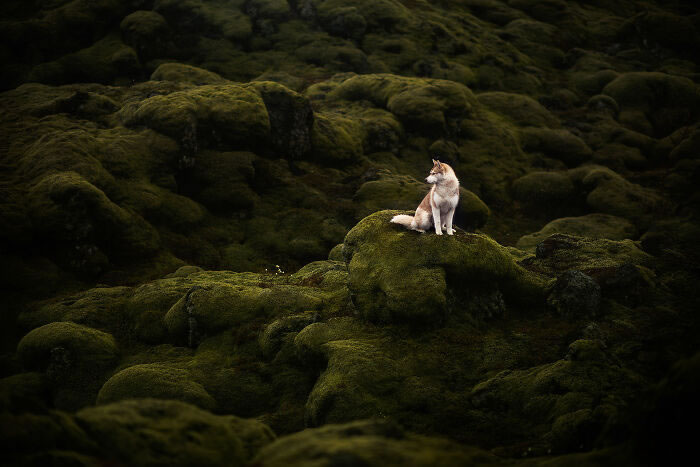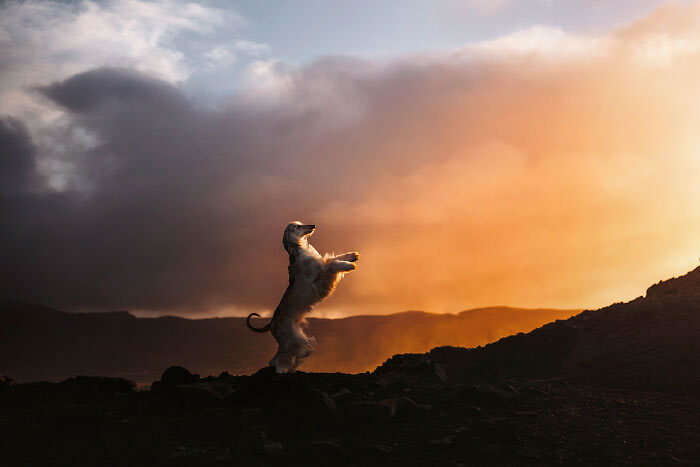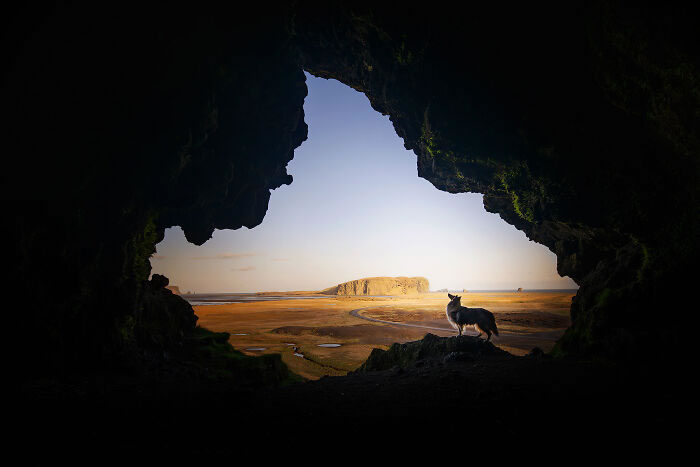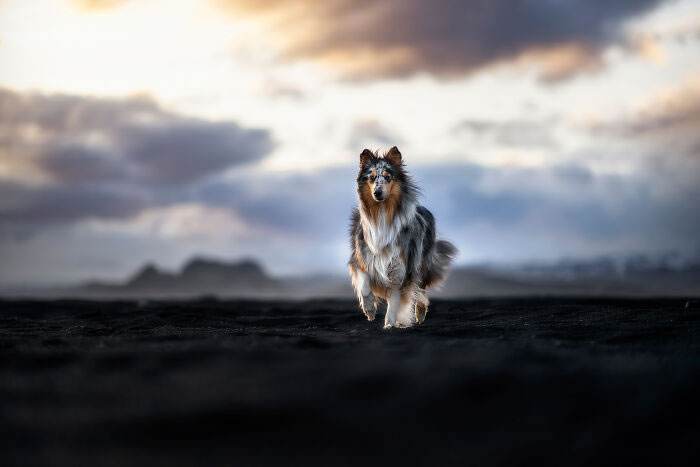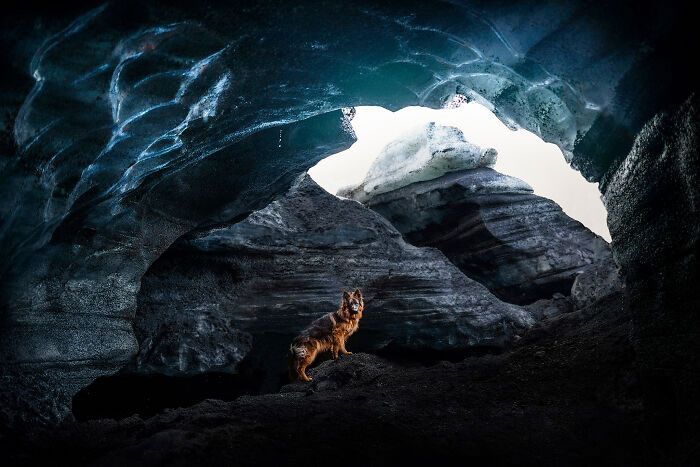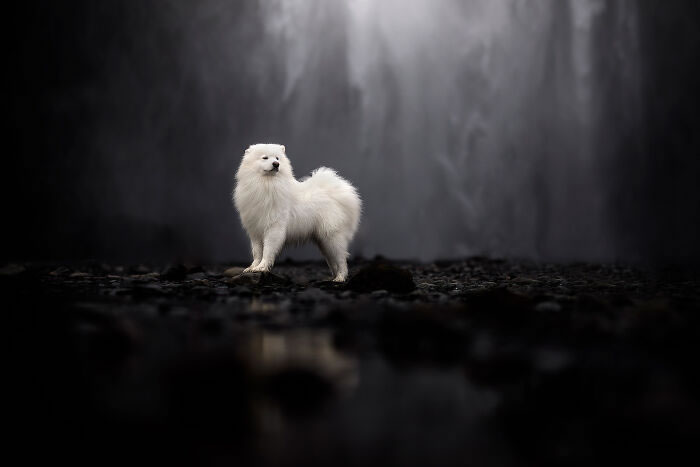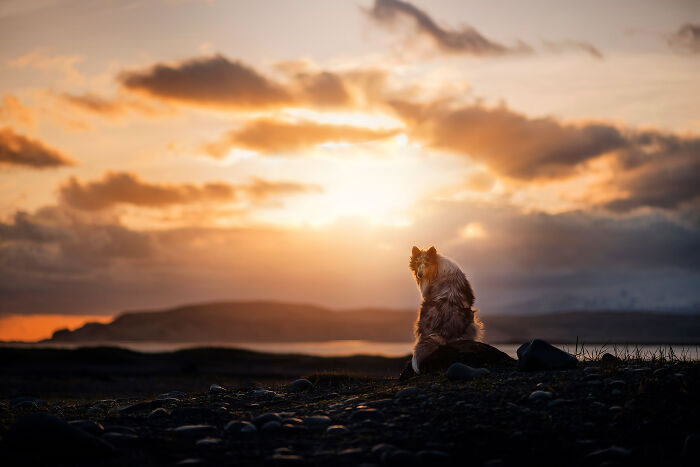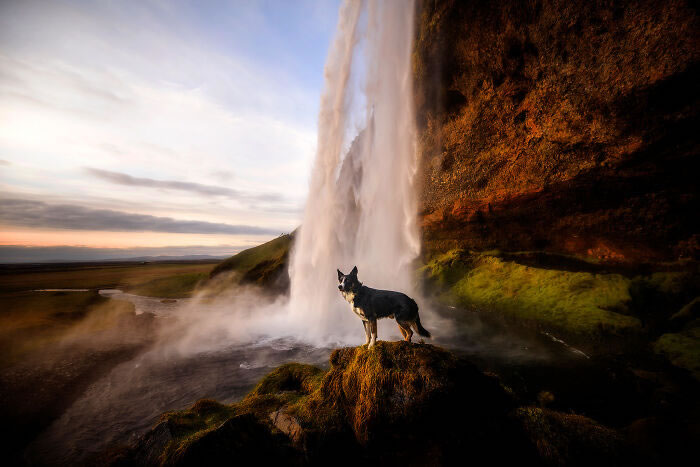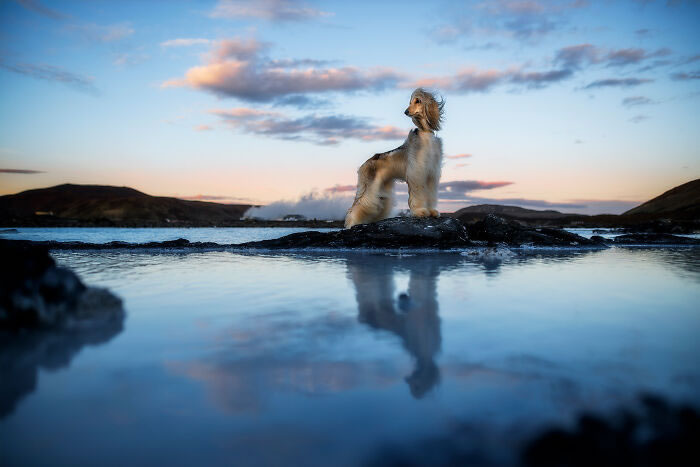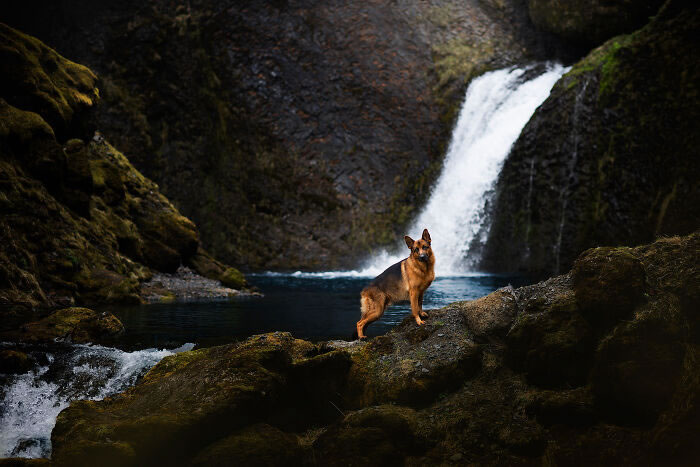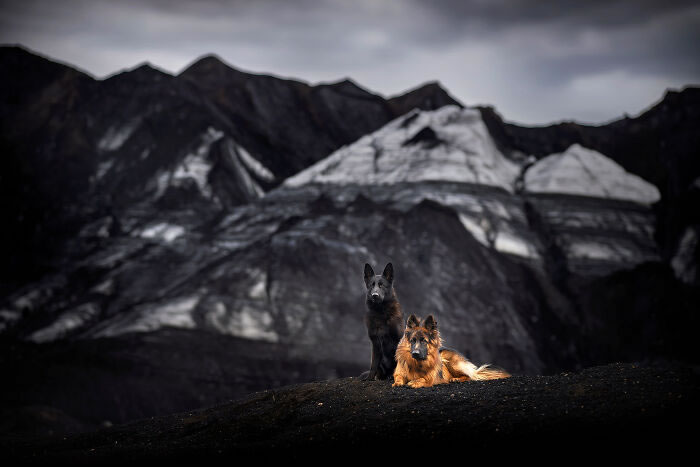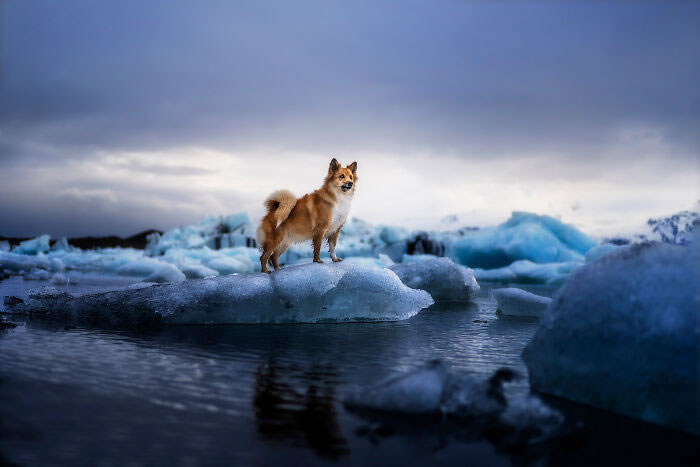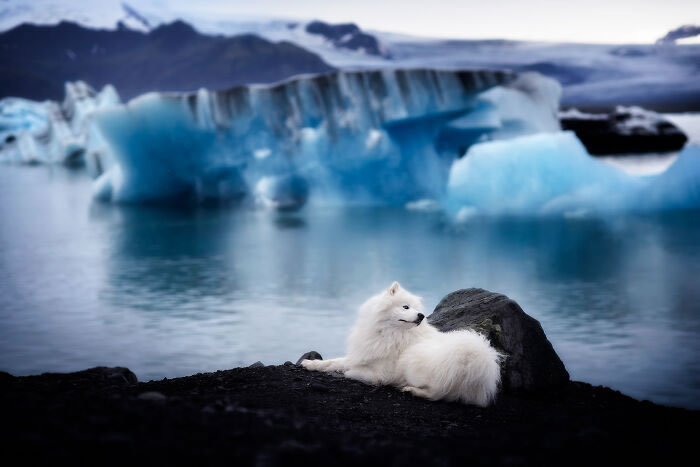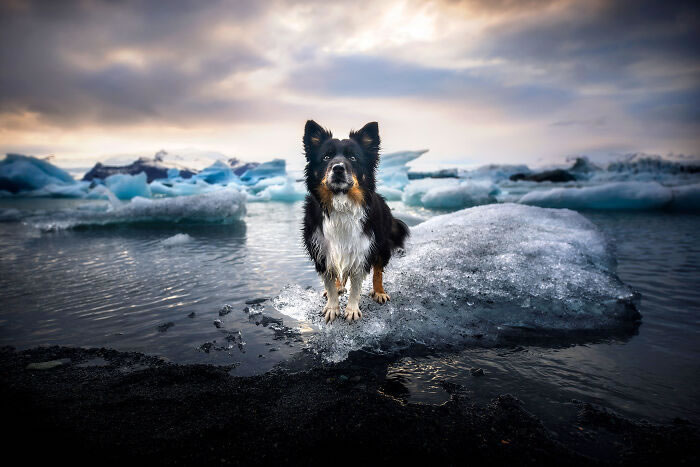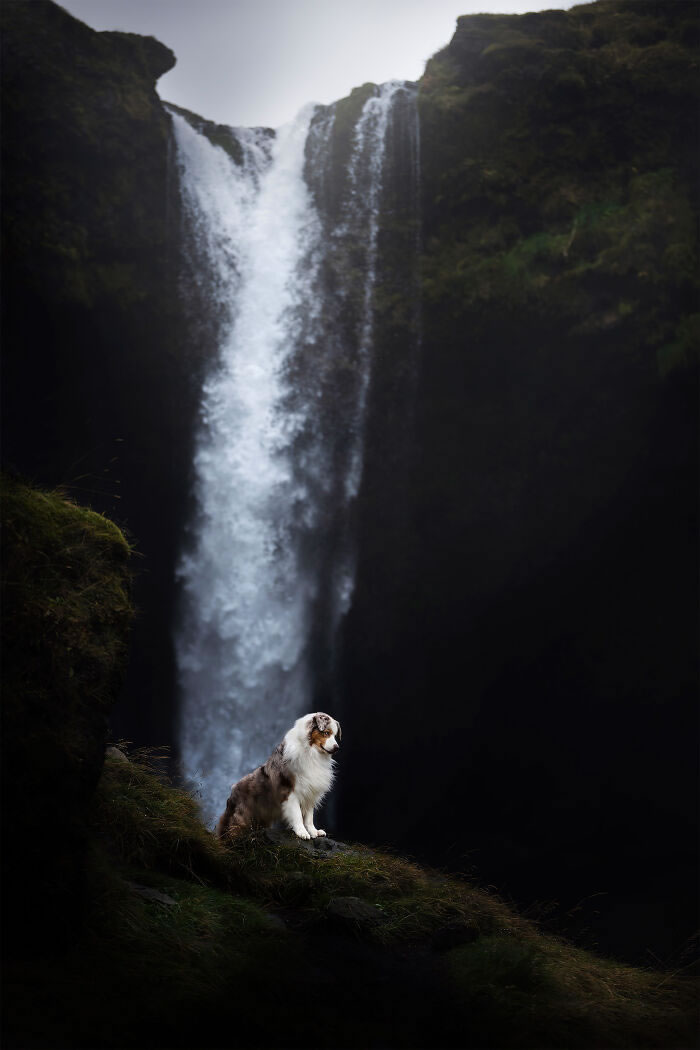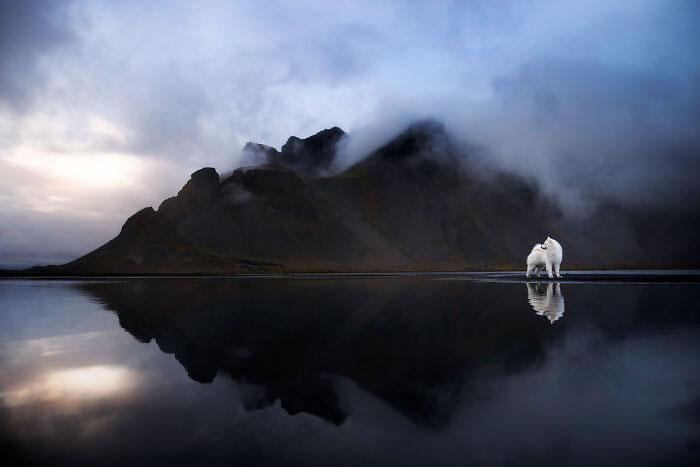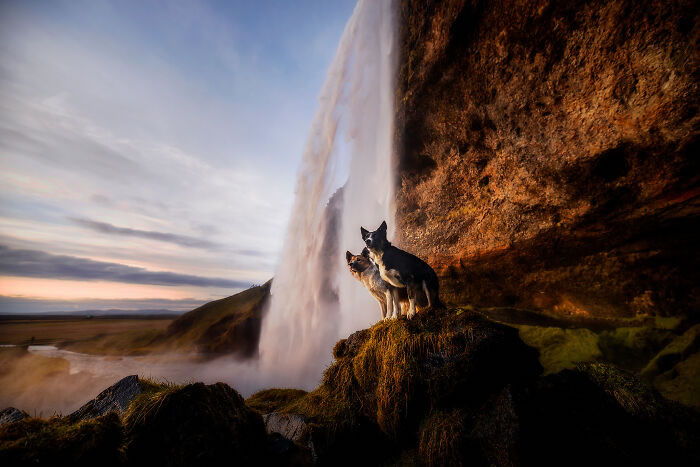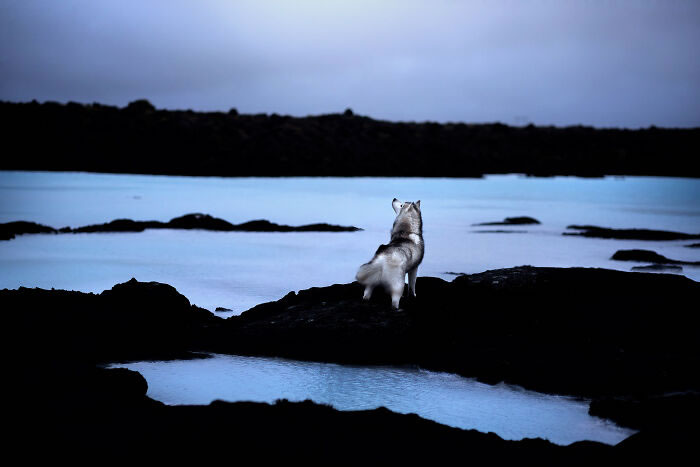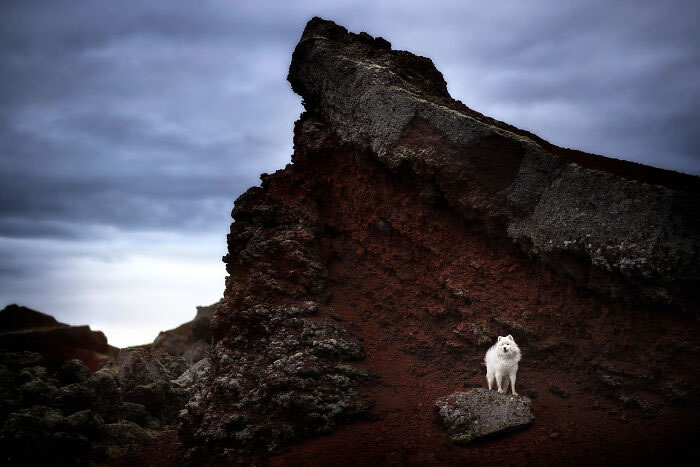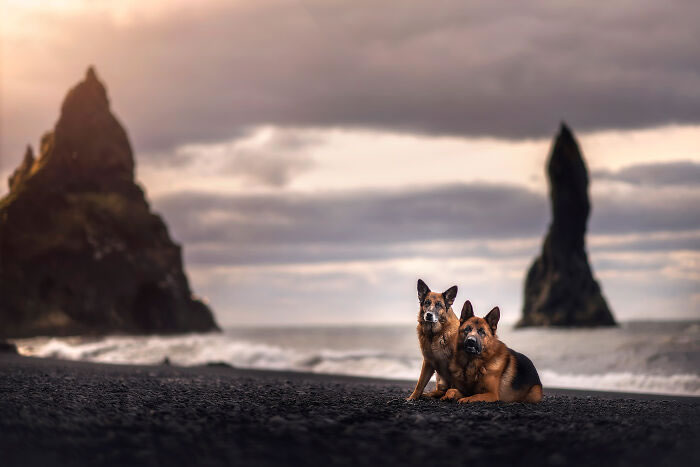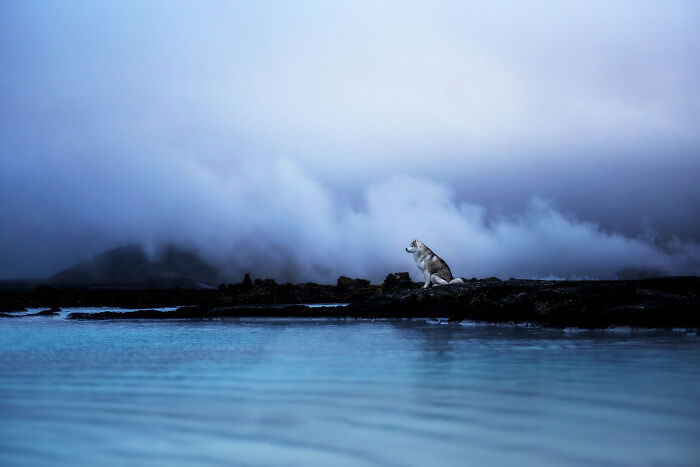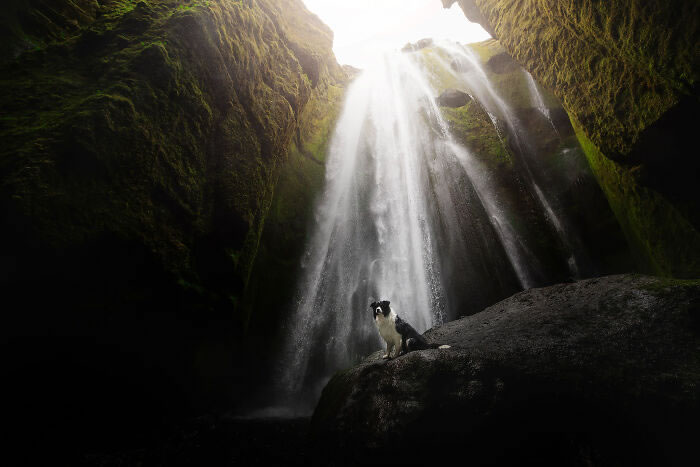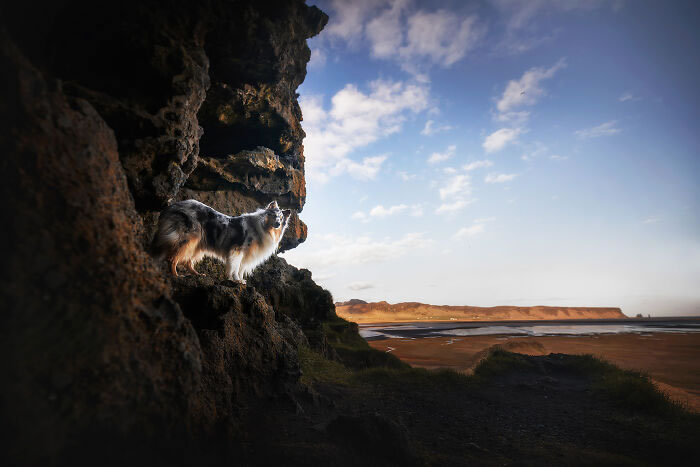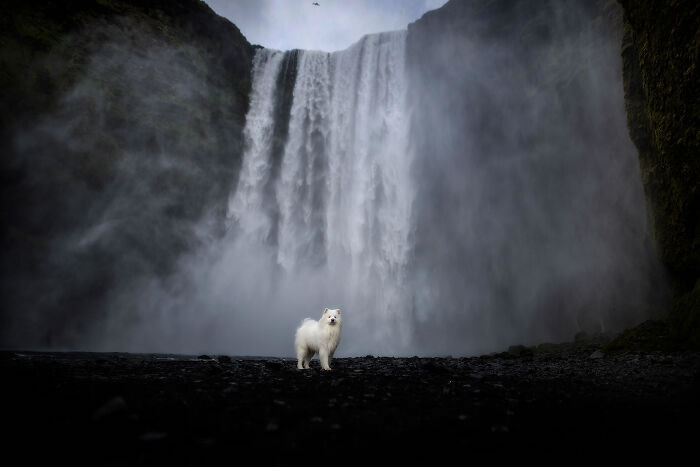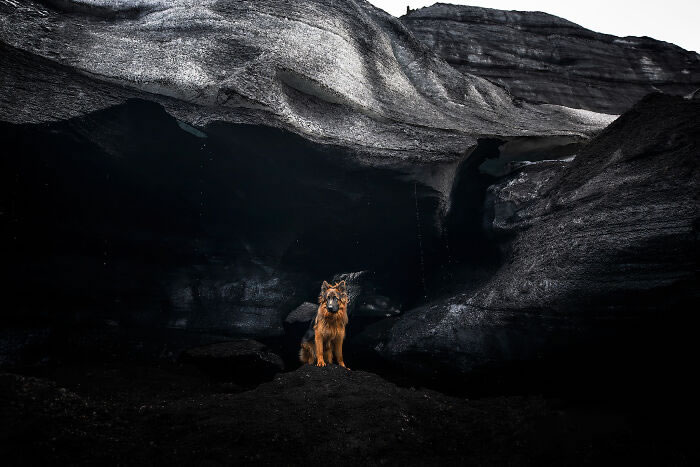Mar. 24—Highlights
Ascent — A Boulder Soundwalk: Ars Nova Singers this week kicked off its immersive music installation in Scott Carpenter Park, with music created by renowned composer Divya Maus. Listeners can move with the music on a self-guided nature soundwalk that also has a wheel-friendly accessible version; runs all day, through Sept. 4; Scott Carpenter Park, 1505 30th St., Boulder; arsnovasingers.org.
Boulder High School student art exhibit: “It’s All In Your Head,” conceptual and personal exhibit features work from 16 Boulder High School students; up through May 13; Café Aion, 1235 Pennsylvania Ave., Boulder; boulderartassociation.org.
‘Celebrating Women’ opening reception: Featuring art from 28 local creatives, the exhibit showcases strength, tenderness, wisdom and compassion that women bring to the world. An opening reception will feature a dance performance by belly dance troupe Tribal Misfits at 12:30 p.m.; noon-3 p.m. Sunday; First United Methodist Church’s Sanctuary Art Gallery, 1421 Spruce St., Boulder; sanctuaryartgallery.art.
Nederdays: This weekend, Nederland is throwing a two-day family-friendly party with a barn dance featuring a professional caller announcing the moves, a 5K fun run, a downtown sled course, ice sculptures, scavenger hunts, a wood-splitting contest, 15 live bands and more; 5-10 p.m. Friday, 10 a.m.-midnight Saturday; 45 West First St., Nederland; free; nederdays.com.
On-Tap Talks — Women in Beer: In conjunction with the museum’s “Beer Here” exhibit, Betsy Lay, co-owner of the social enterprise Lady Justice Brewing in Aurora, will host a talk about her philanthropic brewery movement; 6-7:30 p.m. Wednesday; Museum of Boulder, 2205 Broadway, Boulder; museumofboulder.org.
On the Rise — Sacred Art of the Powwow: Longmont Museum will host an evening of Native American music with local powwow drum groups, traditional flute and storytelling with Red Feather Woman and members of the local Native artist community; 7 p.m. Thursday; Longmont Museum & Cultural Center, 400 Quail Road, Longmont; $12-$18; longmontcolorado.gov.
Boulder area
15th Street Gallery: Featuring work by Denver artist Tony Ortega; open by appointment only; 1708 15th St., Boulder; 15thstreetgalleryboulder.com
Ana’s Art Gallery: Art from local, African and Caribbean artists; noon-5 p.m. Tuesday-Sunday; 1100 Spruce St., Boulder; anasartgallery.com.
Art Parts: Non-profit creative reuse center with arts and craft supplies; 3080 Valmont St., Boulder; artpartsboulder.org.
Art Source International: Antique maps, prints and vintage posters; 1237 Pearl St., Boulder; artsourceinternational.com.
Boulder Museum of Contemporary Art: “4,” features the works of Roaring Fork Valley artists Richard Carter, Jody Guralnick, Charmaine Locke and James Surls, up through May 29; “Rectangled,” Risa Friedman transformed BMoCA’s interior brick-lined lobby into an immersive puzzle, up through March 31 at the Present Box; Mia Mulvay’s “Albedo Effect” sculpture on display outside of the gallery until June 30, 2024; 1750 13th St., Boulder; bmoca.org.
BMoCA at Macky: “Beyond the Male Gaze,” Jerrie Hurd’s works seek beauty in the human figure while avoiding objectification, through May 26; Macky Auditorium, 1595 Pleasant St., #104, CU Boulder campus; bmoca.org.
Canyon Theater and Gallery: “A Tribute to Marshall: Painting My Way Through Healing,” works by Anne Gifford, on display through April 24 on the Arapahoe Ramp; “Our Wishes,” Alejandra Abad’s response to COVID-19 in a textile exhibit that reflects wishes of joy, coinciding with One Book One Boulder series for “Book of Joy,” up through July 31; Main Library, 1001 Arapahoe Ave., Boulder; boulderlibrary.org/exhibits.
Collective Community Arts Center: “Sync,” an exhibition of video art, prints and textile pieces, up through April 30; 201 N. Public Road, Lafayette; lafayetteco.gov.
Dairy Arts Center: “Black Futures in Art: We’re Not Just History,” curated by Adderly Grant-Lord, featuring artists’ perspective of being Black in Boulder County, up through April 7; “Fan Mail 2.0,” works by members of the artist collective Hyperlink, on display through April 1; “Joysome,” a collaboration with East Window, features 50 images selected from hundreds of responses to a call for work on the theme of joy. The selected images are printed on flags and exhibited throughout the Front Range, on display through March 31; 2590 Walnut St., Boulder; thedairy.org.
East Window: “Frame” a series of literary salons curated by Sarah Elizabeth Schantz and Toni Oswald, through December 2023; “Resilience and Resistance” and “Our Backs Hold Our Stories” features photographs from Indigenous queer photographer Kali Spitzer, up through June 28; Window exhibit features work by activist artist Sue Coe, up through June 28. 4550 Broadway, Suite C-3B2, Boulder; eastwindow.org.
Eldorado Springs Art Center: Art gallery and sculpture garden in the foothills; 8 Chesebro Way, Eldorado Springs; eldoradospringsartcenter.com.
The Gallery at Bus Stop: “Four Boulder Photographers, Four Diverse Visions,” presents unique perspectives on the environment featuring works by David Bahr, Dan Baumbach, Karen Dombroski-Sobel and David Silver, up through March 31; 4895 N. Broadway, Boulder; noboartdistrict.org.
HiFi Jones Studio & Gallery: Pop-culture art mashups made from reclaimed vinyl and books by Jonathan Hanst; 209 E. Simpson St., Lafayette; hifijones.com.
Louisville Art Association: 2023 Youth Spring Art Show features works from youth artists ages 4 through 18, up through Thursday; Louisville Center for the Arts, 801 Grant Ave., Louisville; louisvilleartassociation.org.
Messinger Gallery: Art on display by Julie Havel who expresses her passion and spirit through art; Messinger Gallery at the Boulder JCC, 6007 Oreg Ave., Boulder; boulderjcc.org.
Museum of Boulder: “Chautauqua: 125 Years at the Heart of Boulder,” celebrates the local historic landmark, through April 2; “Beer Here! Brewing the New West” features 160 artifacts from Colorado’s beer and brewing history as well as a mock saloon for museum happy hours, up through Sept. 3; 2205 Broadway, Boulder; museumofboulder.org.
Naropa University Art Galleries: Nalanda Campus, 6287 Arapahoe Ave.: Cube Gallery has local and international artists; Nalanda Gallery hosts guest artists and student exhibitions, Lounge Gallery operated by students. Arapahoe Campus, 2130 Arapahoe Ave.: Lincoln Gallery features local and regional artists. Paramita Campus, 3285 30th St.: Paramita Gallery has works in all media by regional artists; bit.ly/naropaart
NoBo Art Center: “Speak No More,” an exhibit from HLNE that utilizes provocative imagery to spur conversation, up through March 31; 4929 Broadway, #E, Boulder; noboartdistrict.org/nobo-art-center.
Phil Lewis Art: From T-shirts to custom snowboards and prints to laser engraving, the visionary artists’ work is on display and for sale; 2034 Pearl St., Unit 102, Boulder; phillewisart.com.
POP! Gallery: Open Studios’ part artist-owned pop-up art and gift gallery features a unique mix of Boulder County artists’ works for sale; on 11th Street and Pearl Street, just south of Fjällräven; popgalleryboulder.com.
R Gallery: “Seven Deadly Sins” showcases local artists who explore lust, pride, envy, wrath, gluttony, sloth and greed through their work, up through April 23; 2027 Broadway, Boulder; rgallery.art.
Rembrandt Yard: Aboriginal, local and national art; 1301 Spruce St., Boulder; 303-301-2972; rembrandtyard.com.
Sanctuary Art Gallery: “Celebrating Women” exhibit explores women scientists to homemakers, dancers to activists and looks at topics from abuse and inequality to hope and healing, up through April 30; First United Methodist Church, 1421 Spruce St., Boulder; sanctuaryartgallery.art.
Shark’s Ink: “Untitled I,” hand-colored monotypes by once-Boulderite Barbara Takenaga, whose works incorporate psychedelic, cosmic and scientific elements; 550 Blue Mountain Road, Lyons; sharksink.com.
CU Art Museum: “Onward and Upward: Shark’s Ink,” a print and lithography collection, up through July; “Lasting Impressions,” the museum’s collection of American prints from the 1940s, up through June; 1085 18th St., Boulder; cuartmuseum.colorado.edu.
University of Colorado Museum of Natural History: “Unearthed: Ancient Life in Boulder Valley” and “Horses in the North American West” in the Anthropology Hall; “Antarctica: More than Meets the Eye,” “Hungry Birds” and “Ross Sea: The Last Ocean” in BioLounge”; CU Boulder Henderson Building, 15th and Broadway, Boulder; colorado.edu/cumuseum.
For tips about opportunities, grant information and art news, visit Boulder County Arts Alliance at bouldercountyarts.org.
Longmont area
Firehouse Art Center: “Tony Umile — A Retrospective,” experimental photography work from the late-Longmont photographer, up through April 9; Skyline High School VPA Academy Capstone exhibit features student work in the South Gallery, up through April 9; Joyanna Rose Gittings in Studio 64, whose contemporary watercolors spills over into ceramics, fiber, murals and classic automotive pinstriping, up through April 9; 667 Fourth Ave., Longmont; firehouseart.org.
The Great Frame Up: Longmont Artists’ Guild Members’ Show showcases artwork from local artists in a variety of mediums, including watercolors, pastels, oils, photography and mixed media, up through May 5; 430 Main St., Longmont; longmont.thegreatframeup.com.
Longmont Museum: “Duality: Contemporary Works by Indigenous Artists,” showcases modern art by Native artists, up through May 14; 400 Quail Road, Longmont; longmontmuseum.org.
Osmosis Gallery: “Winter Warmth,” features the work of local artist Mike Brouse; 290 Second Ave., Niwot; osmosisartgallery.com.
Walnut Gallery: Features work from more than 50 artists in a wide range of media; 364 Main St., Longmont; thewalnutgallery.com.
Northern Colorado
Art Center of Estes Park: “Capturing the Light,” showcases pastel and oil Paintings by Lydia Pottoff and photography by Curtis Ghent, up through April 24; 517 Big Thompson Ave., Estes Park; artcenterofestes.com.
Artworks Center for Contemporary Art: Center for Fine Art Photography exhibit “Air of the Ancients” features works by Angela Faris Belt, Natascha Seideneck and Melanie Walker, up through April 1; “Visceral,” artist Shelby Shadwell’s drawings of gut piles from game animals, up through April 1; 310 N.Railroad Ave., Loveland; artworksloveland.org
Columbine Gallery: More than 800 National Sculpture Guild pieces adorn a garden with local paintings on display inside; 2683 N. Taft Ave., Loveland; columbinegallery.com.
Independence Gallery: Vibrant gallery featuring local artists and rotating exhibits; 233 E. 4th St., Loveland; independencegallery.com.
Lincoln Gallery: Art gallery featuring works from members of the Thompson Valley Art League; 429 Lincoln Ave., Loveland; lincolngallery.com
Lone Tree Antiques and Fine Art Gallery: Features fine art, Native American jewelry and artifacts, Pueblo pottery, beadwork and more; 115 1st St., Eaton; lonetreeantiques.com.
Loveland Museum: “Contained” explores water containers and their environmental impact, on display through June 25; “Johanna Mueller, Printmaker,” features the work of the Greeley-based artist, through April 30; Thompson School District Student Art Show displays art from students in kindergarten through 12th grade, on display through April 16; “NEW YORK/NEW YORK: The Avant-Garde from Mid-Century,” loans of paintings, sculpture and prints from museums, galleries and private collections, up through April 23; 503 N. Lincoln Ave., Loveland; lovelandmuseumgallery.org.
Did we miss your exhibit? Please email [email protected] with “art listings” in the subject line.
(c)2023 the Daily Camera (Boulder, Colo.) Distributed by Tribune Content Agency, LLC.


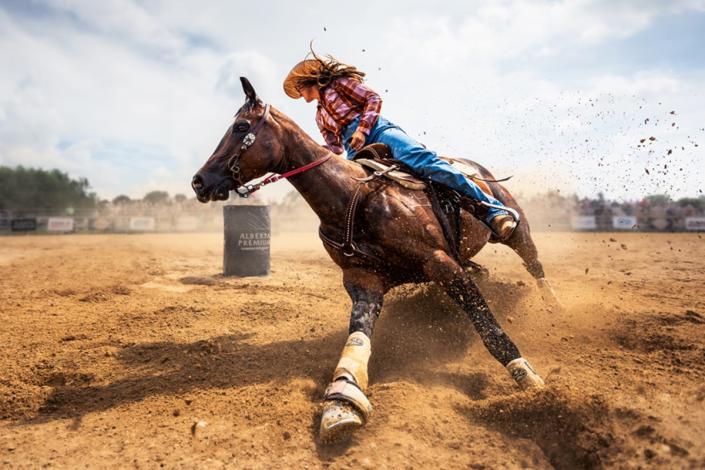
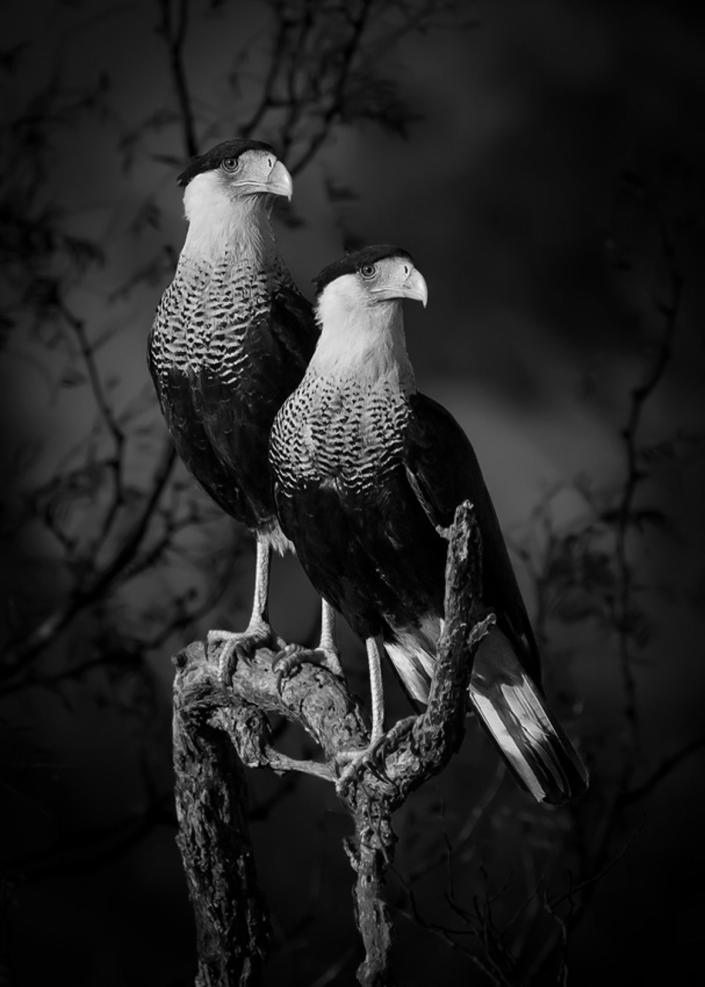
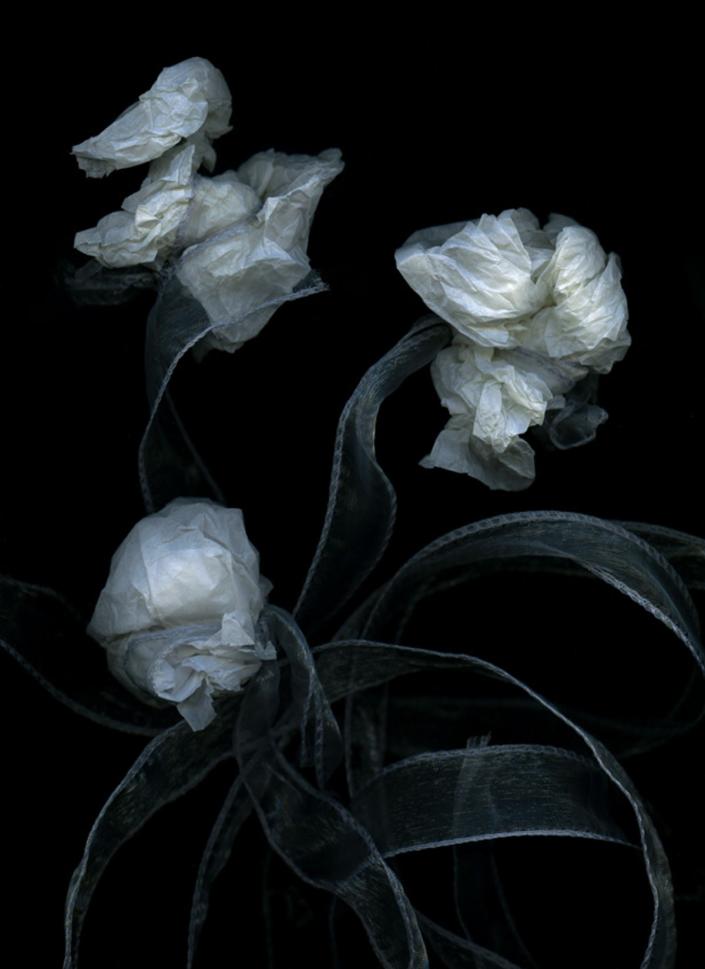
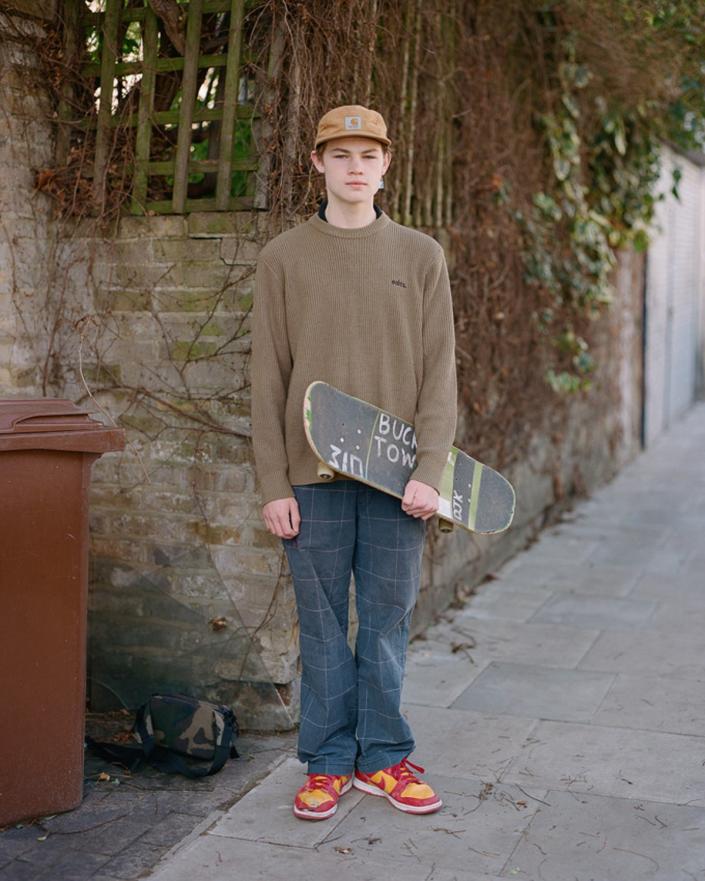
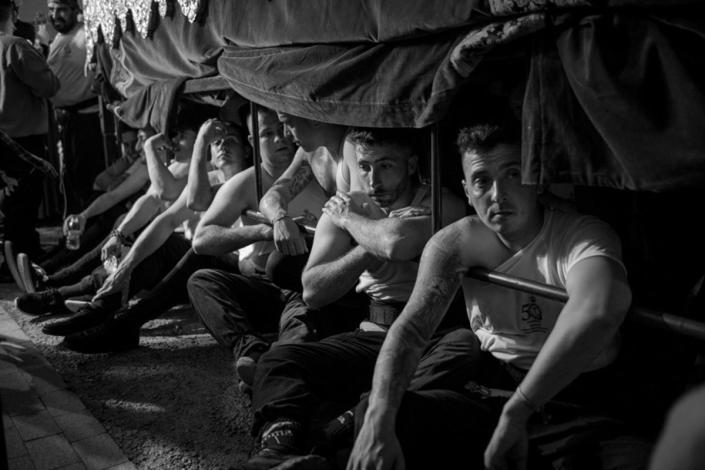


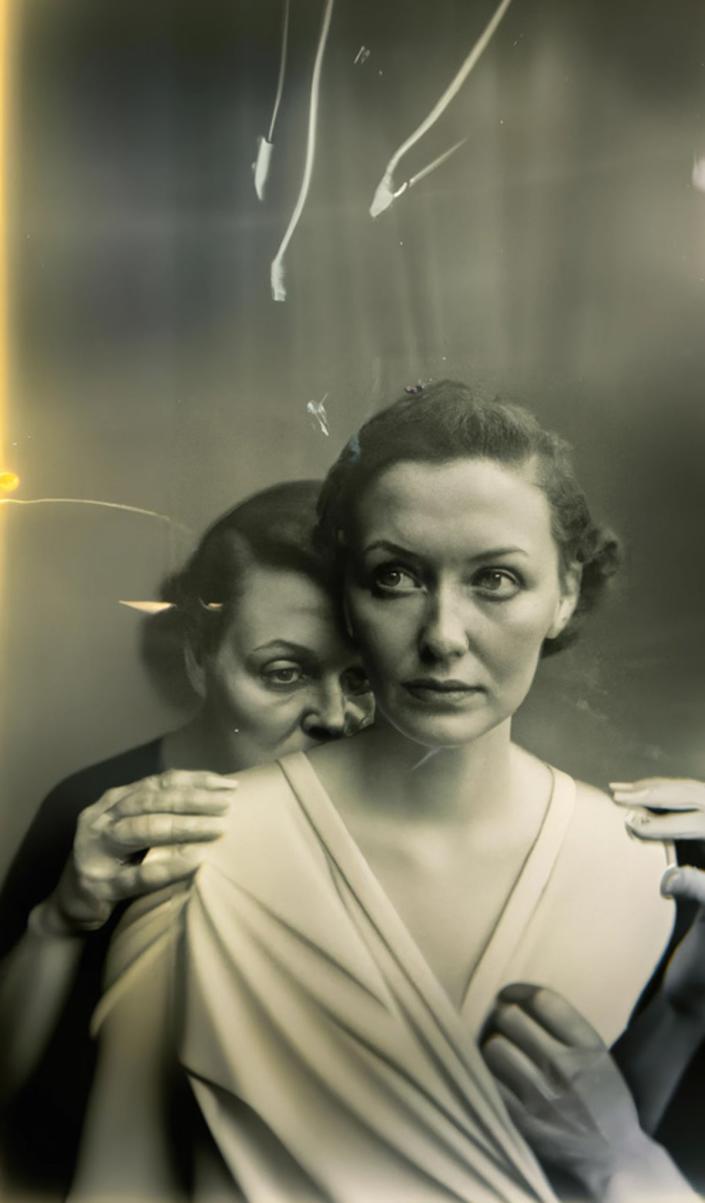

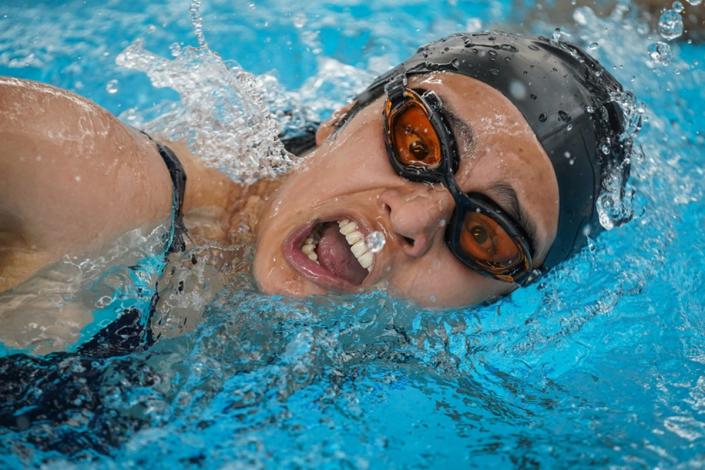
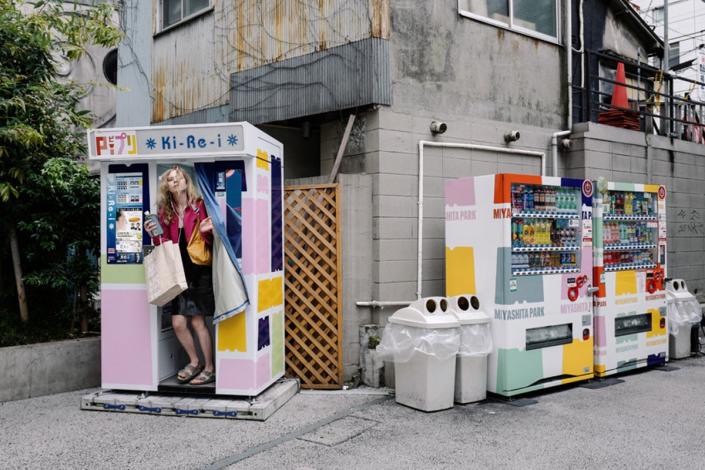



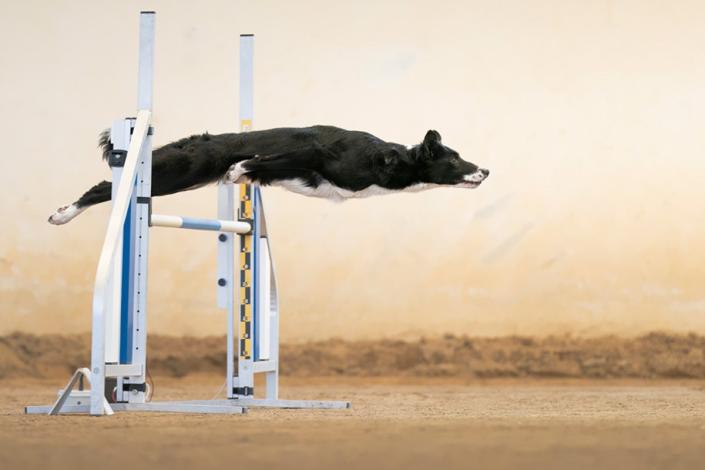
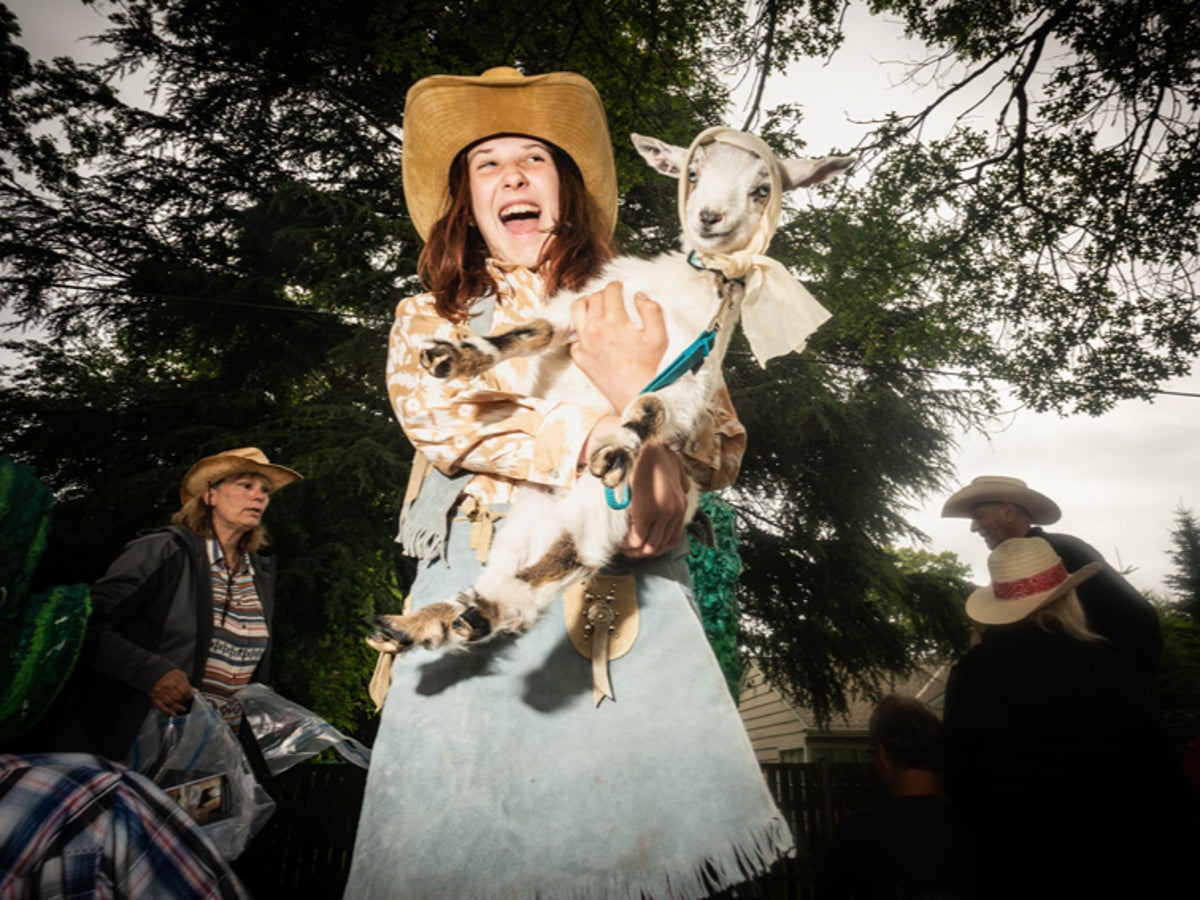
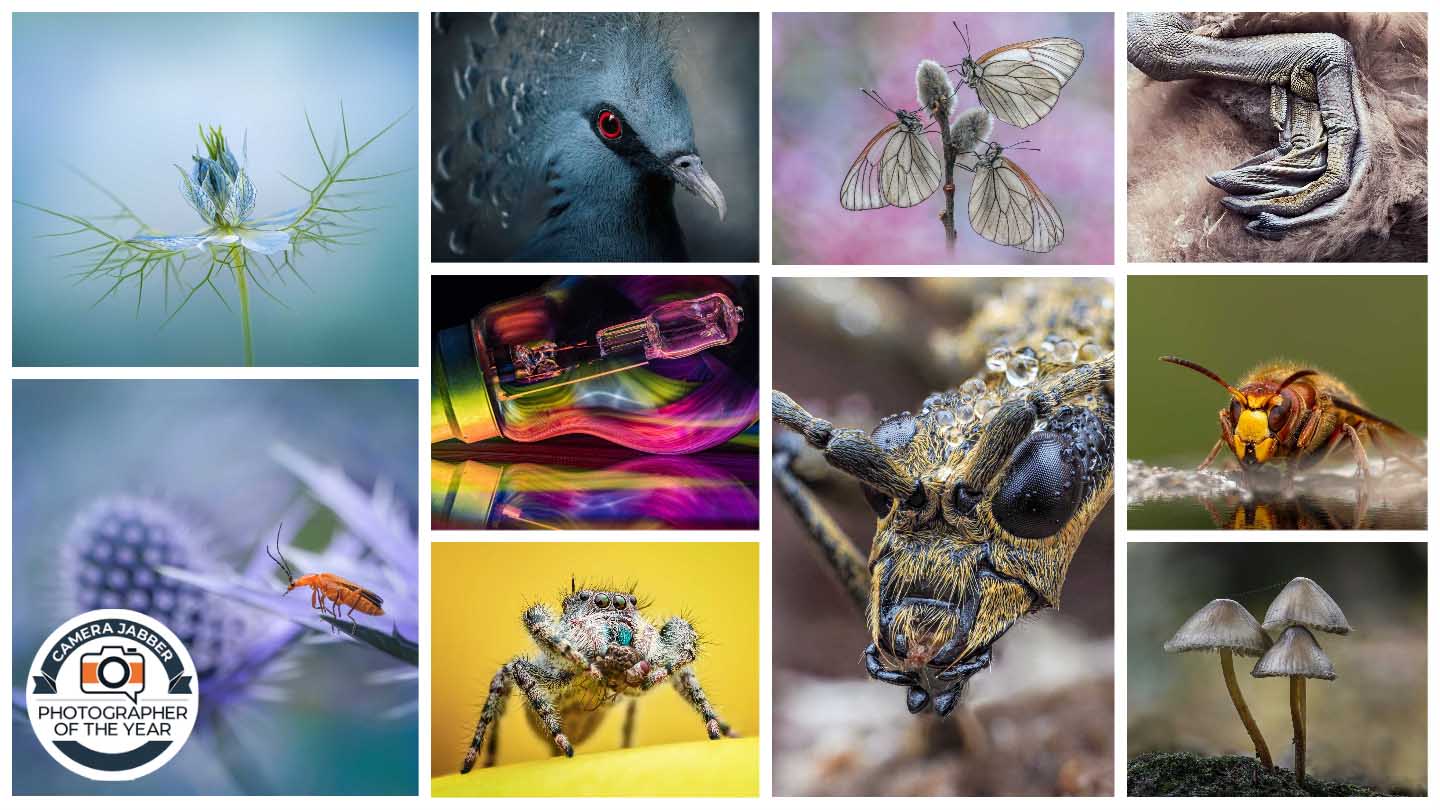


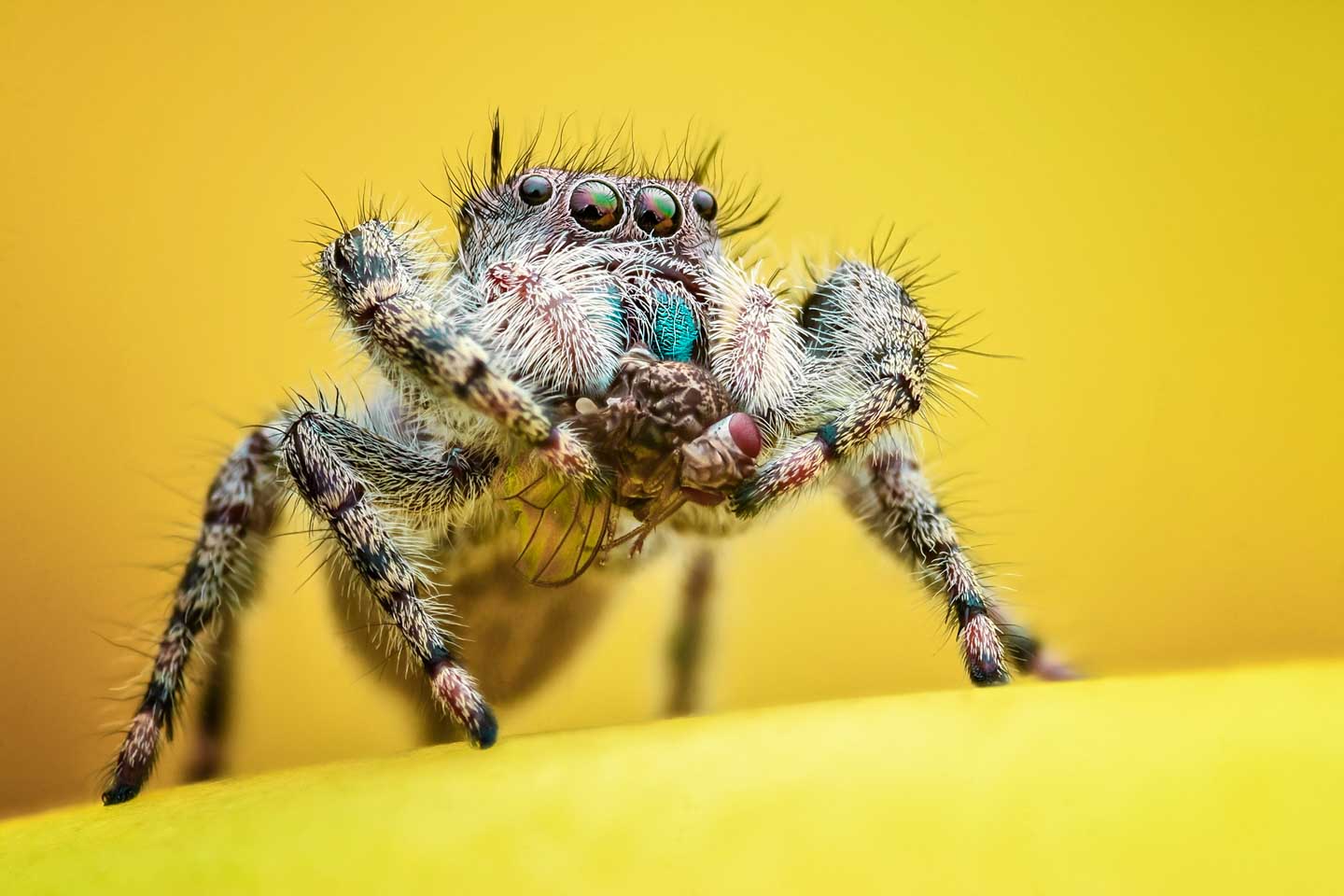
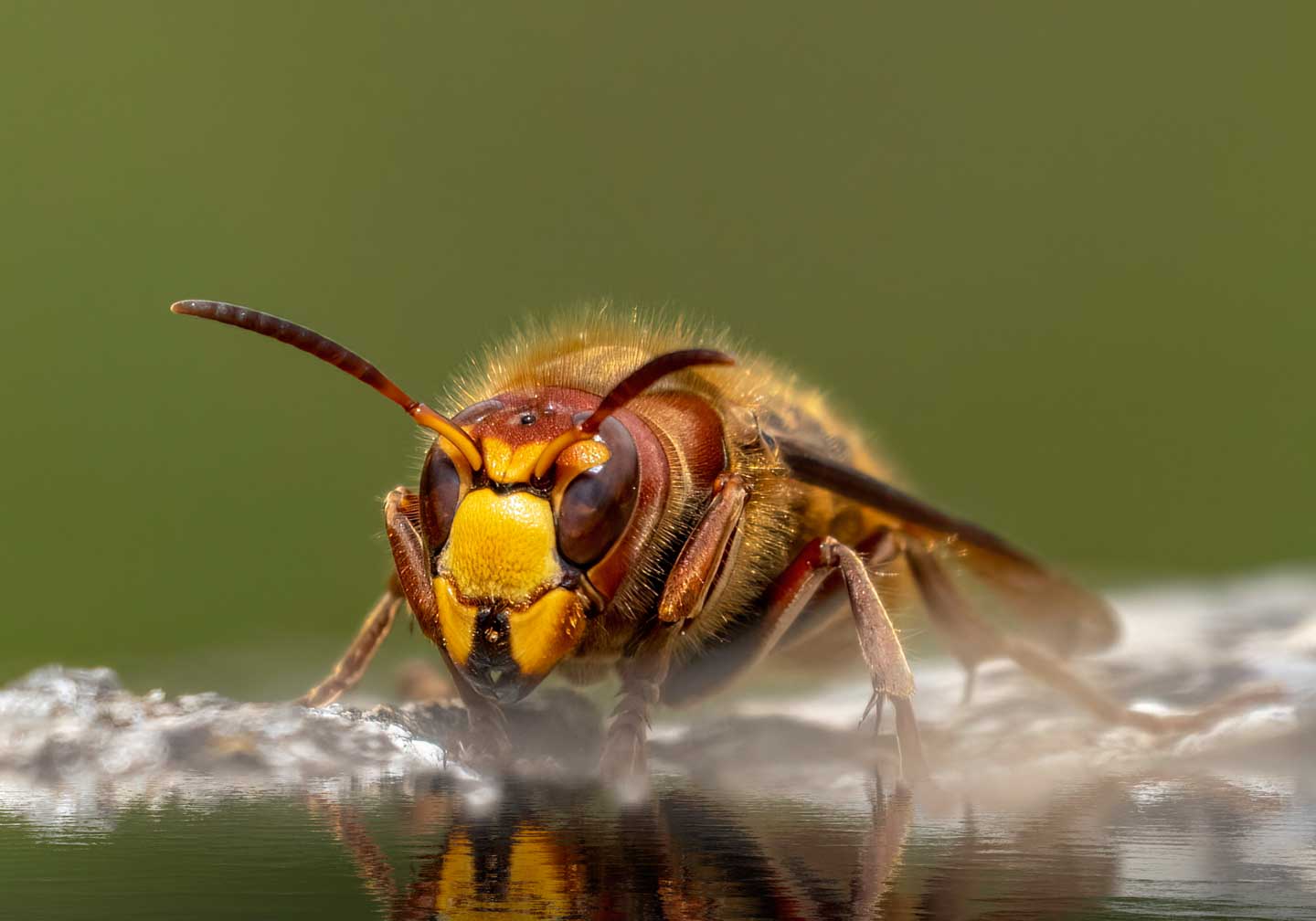
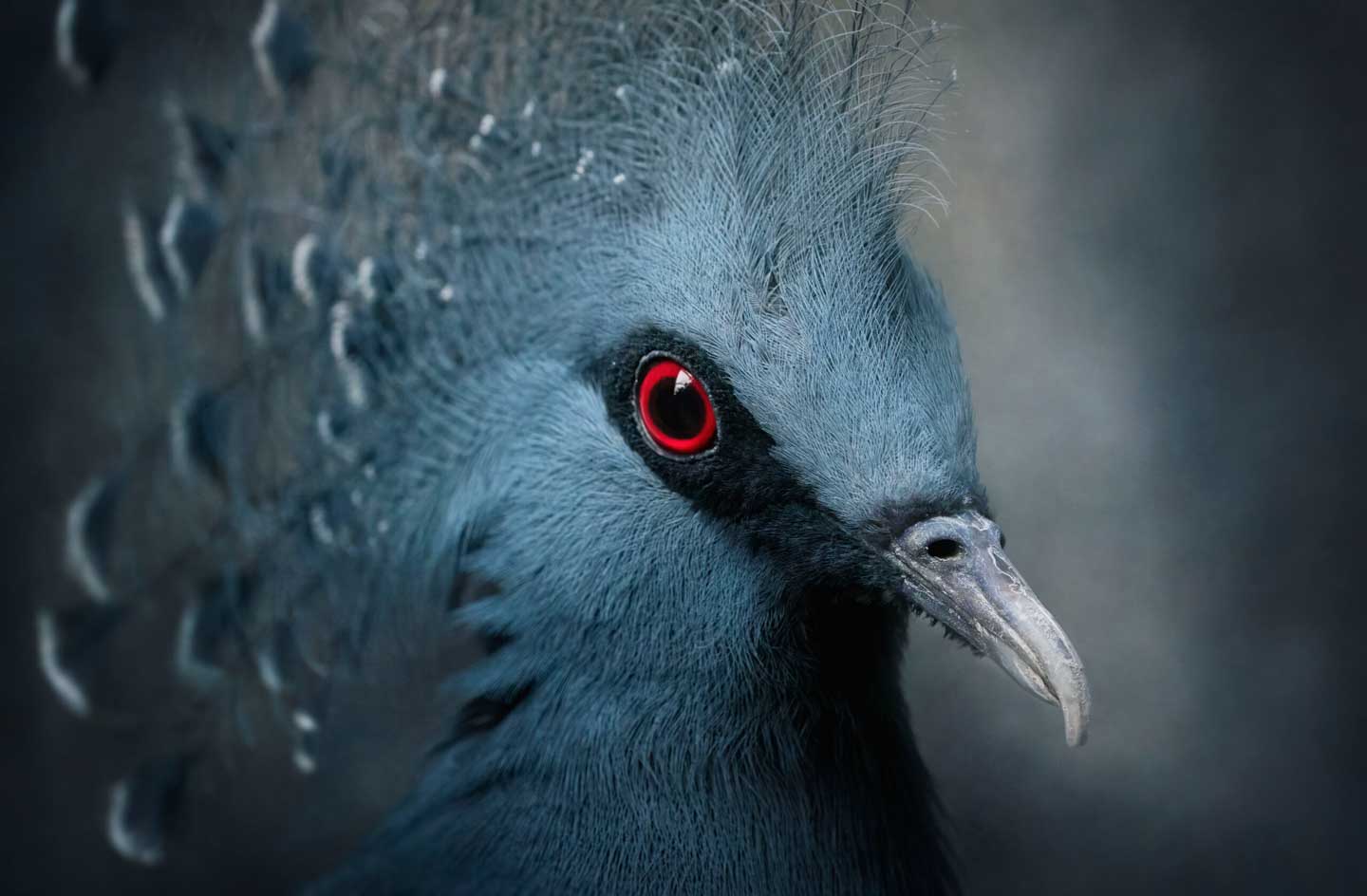
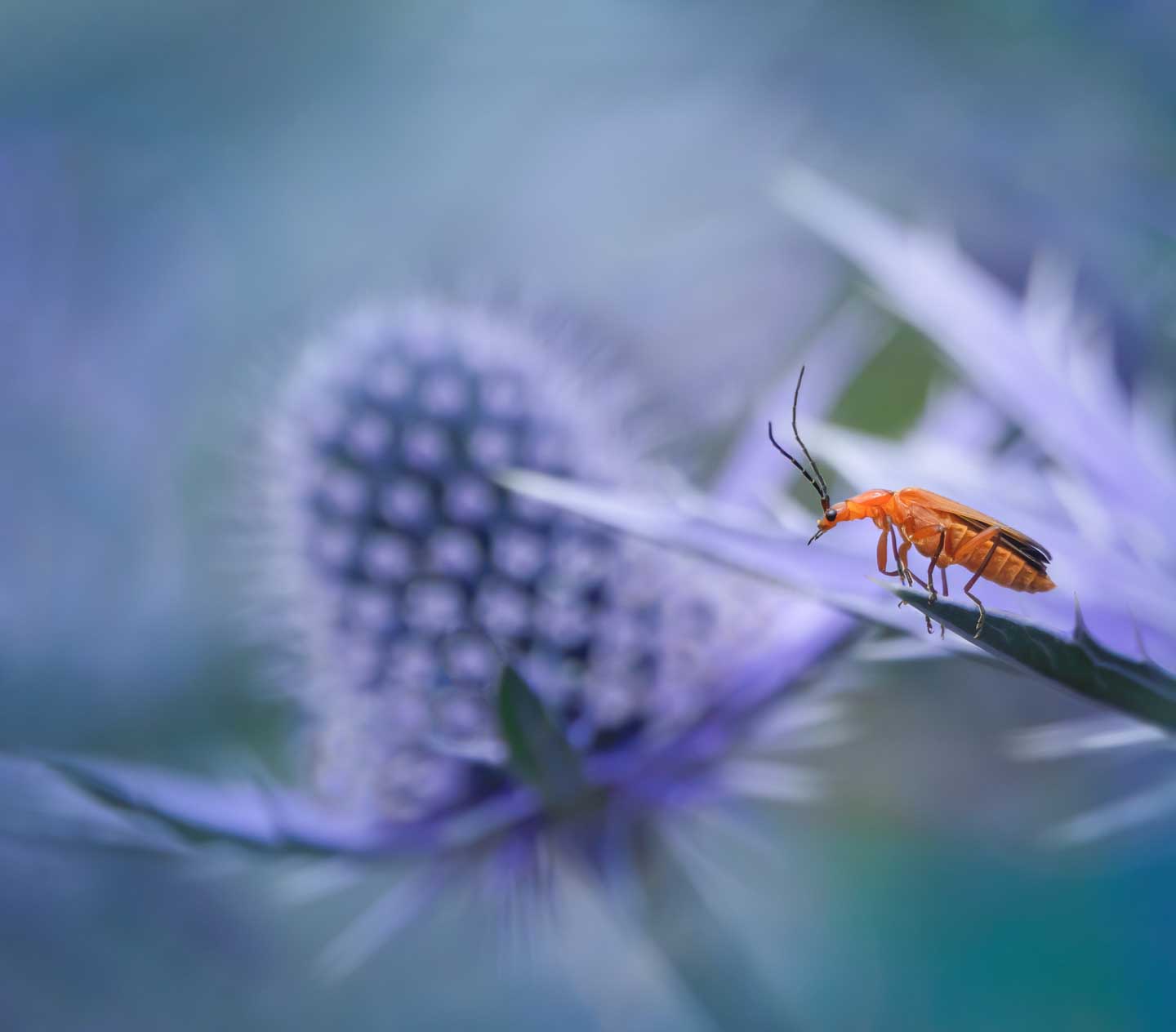
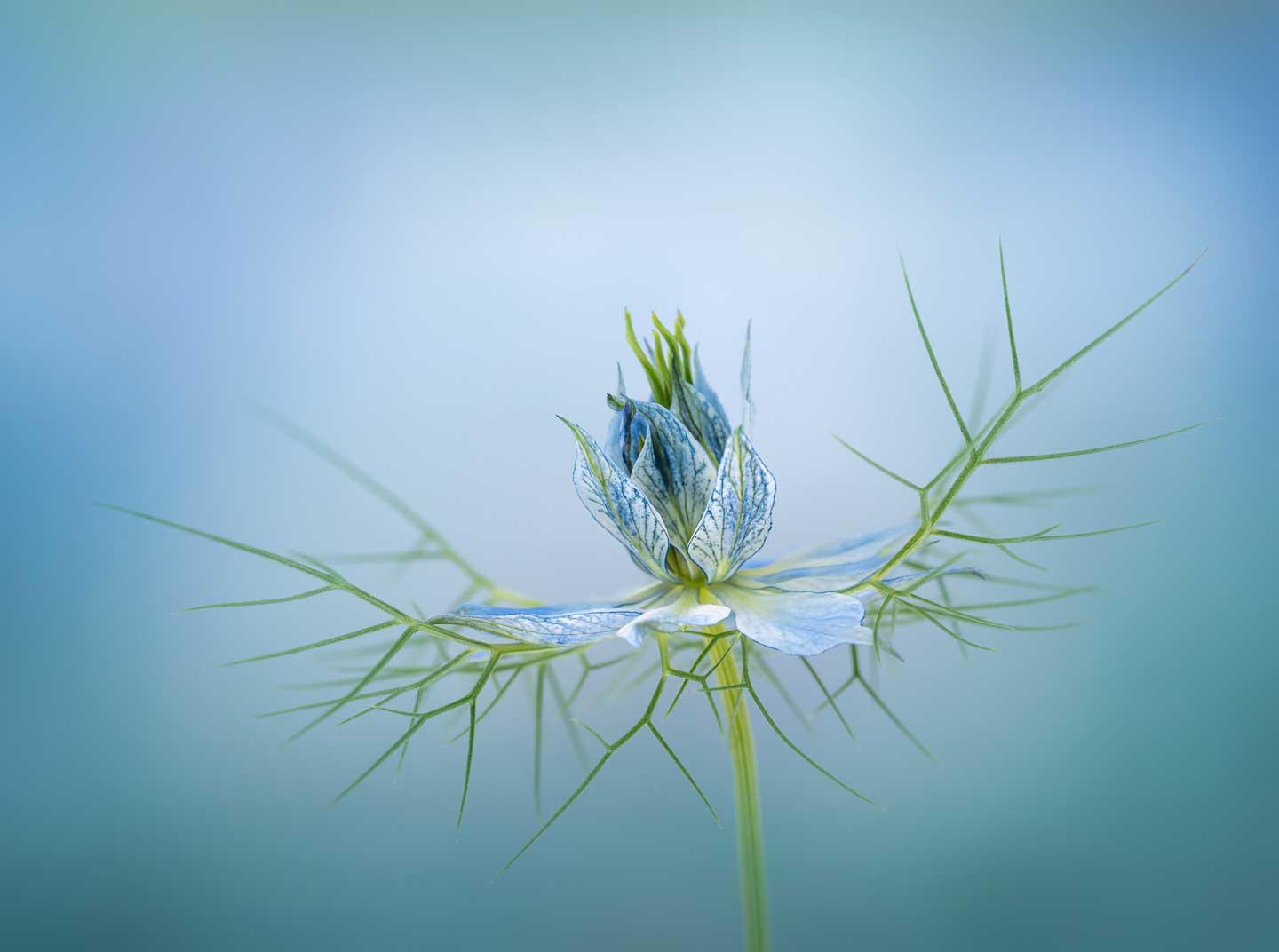
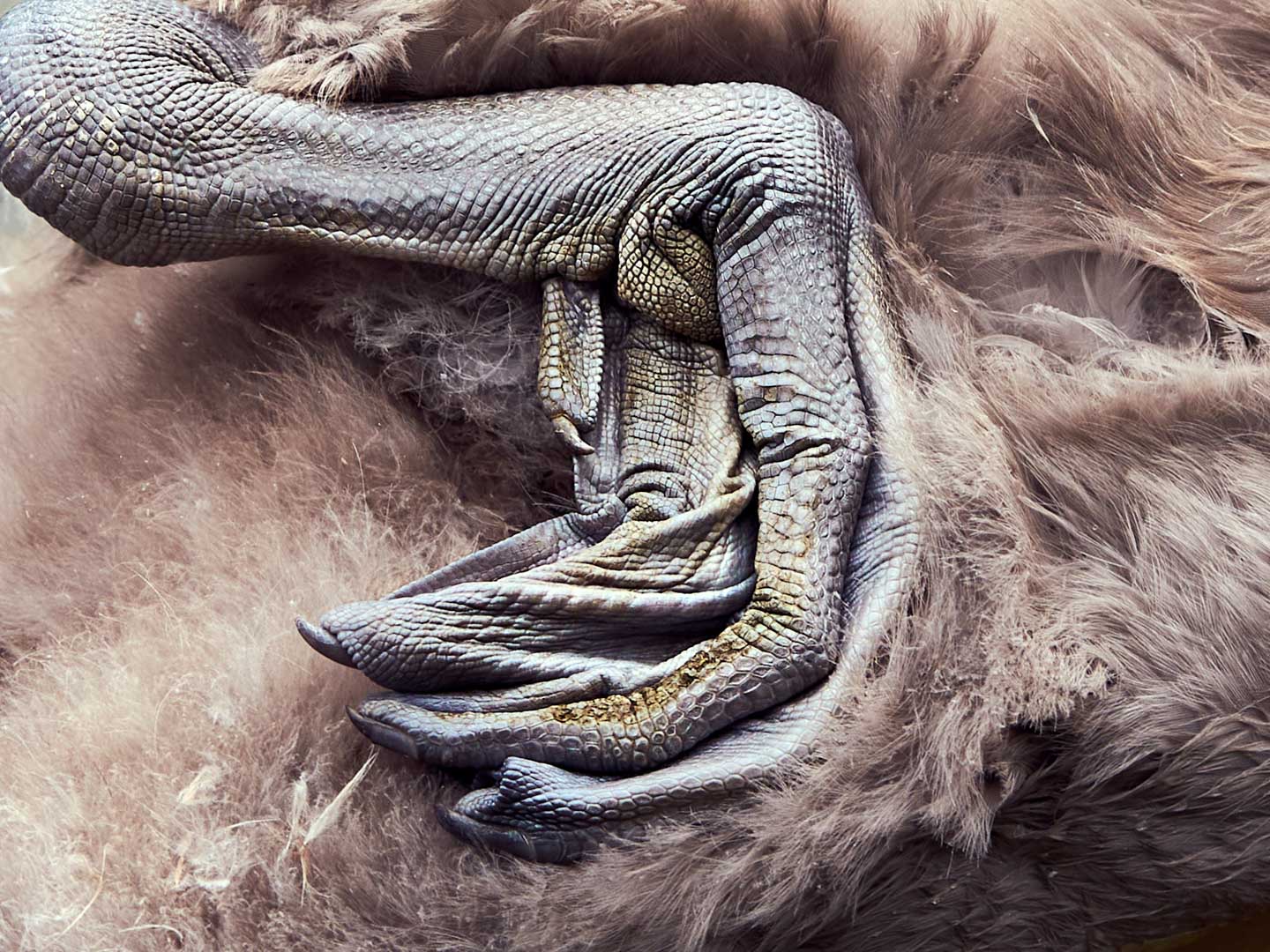
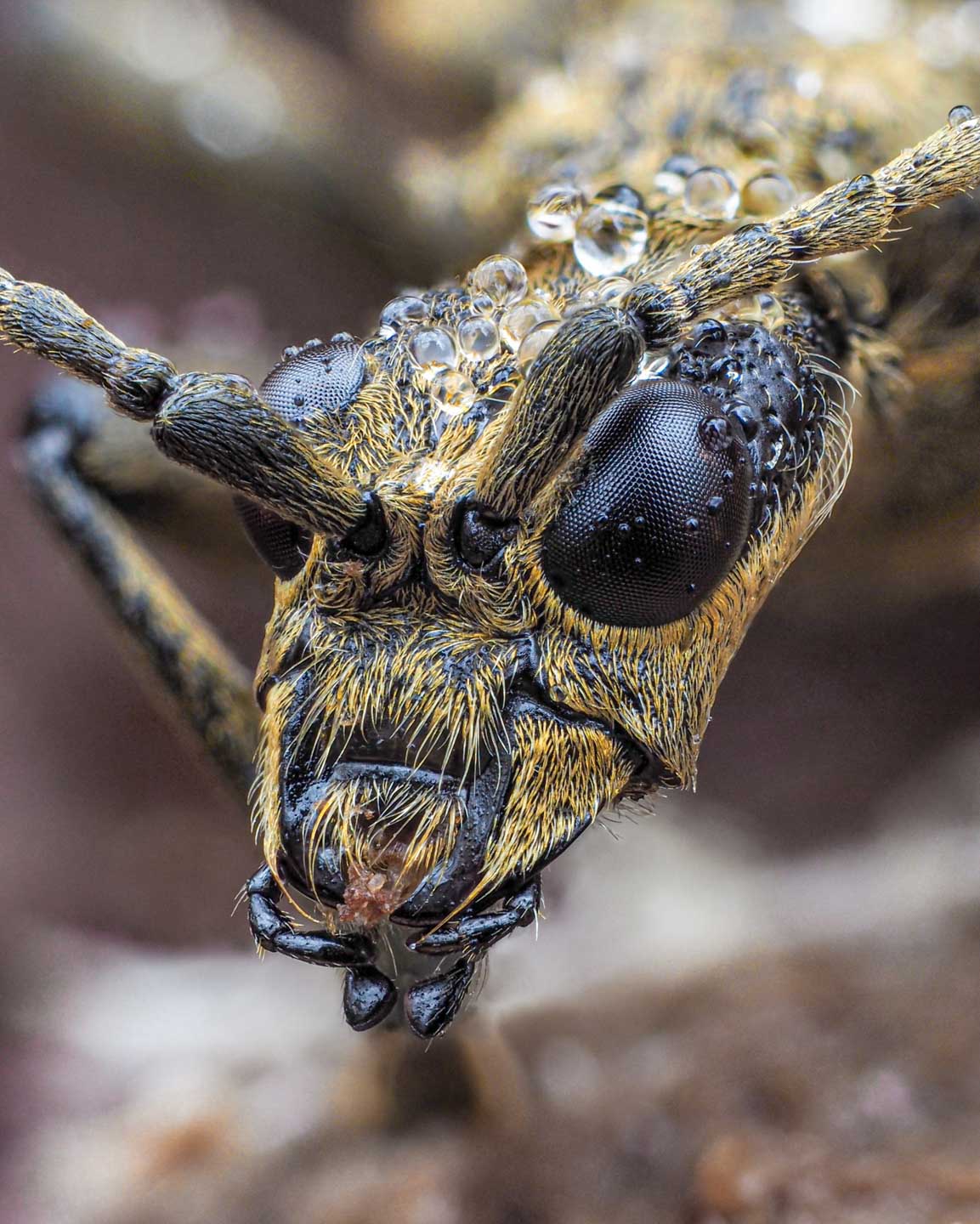







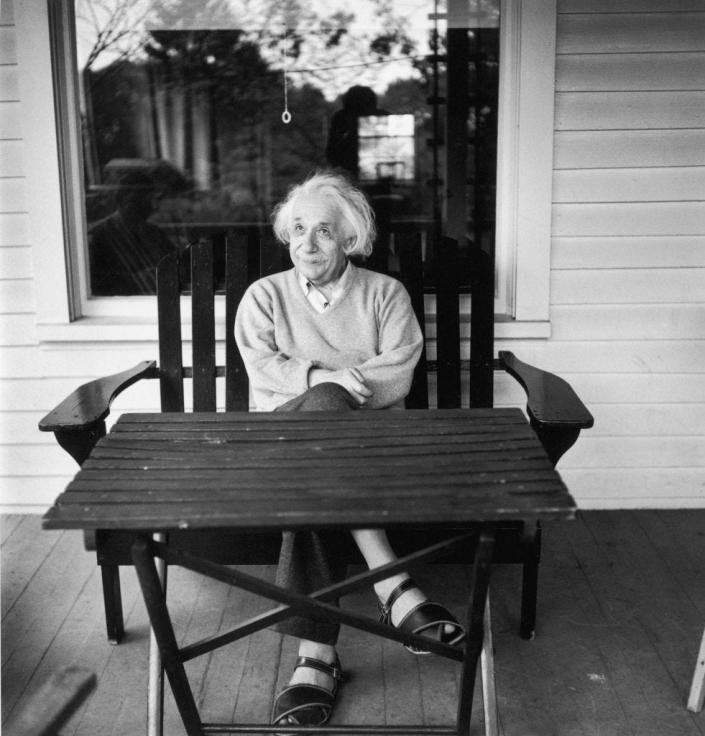
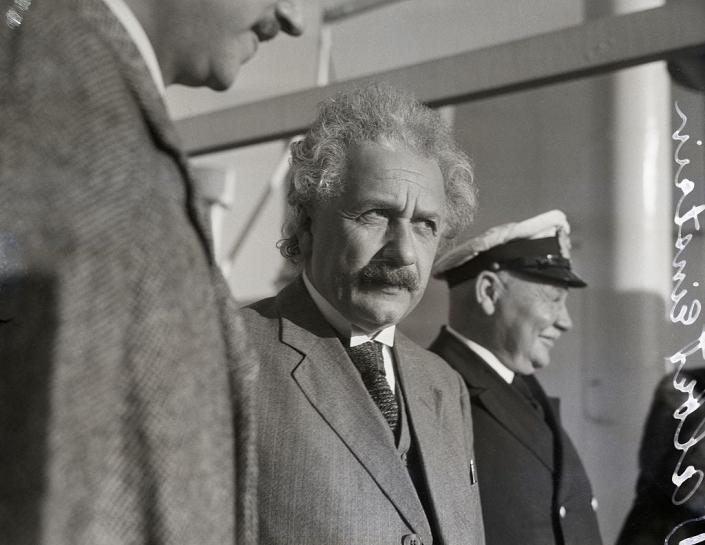
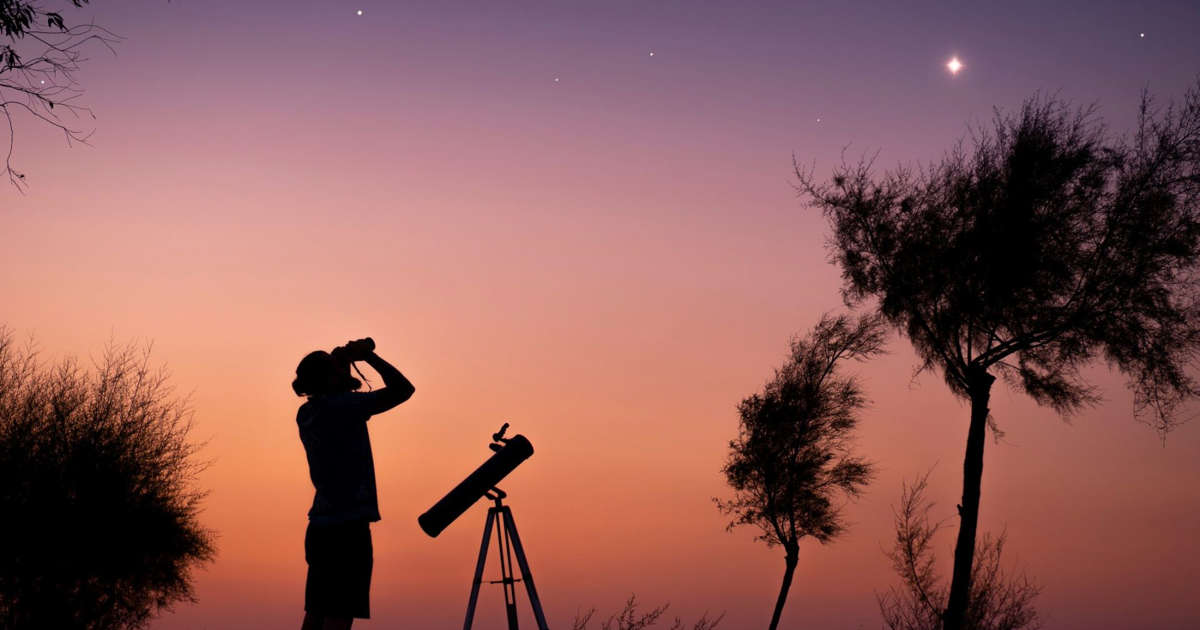



 Music: My Halo Orbit by DEX 1200 / courtesy of http://www.epidemicsound.com](http://img-s-msn-com.akamaized.net/tenant/amp/entityid/AA18huny.img?h=70&w=94&m=6&q=60&o=t&l=f)
